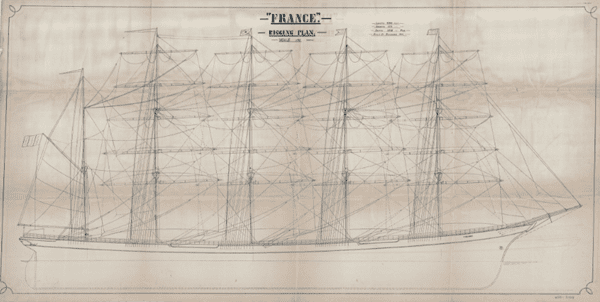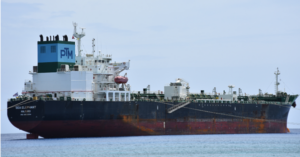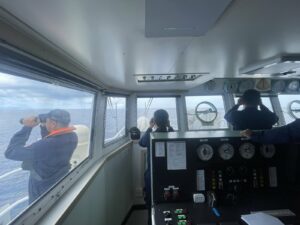
The Lloyd’s Register Foundation Heritage & Education Centre digitises extensive maritime collection.
Over one million maritime archival records, documenting nearly 100,000 ships, are now available online for the first time following a five-year digitisation programme by the Lloyd’s Register Foundation Heritage and Education Centre (HEC).
The collection includes maritime technical records such as ship plans and survey reports for famous ships including the Carpathia – the Cunard passenger liner that rescued survivors of the Titanic – and other material such as wreck data, correspondence, photographs and certificates.
Alongside the digitised collection of Lloyd’s Register of Ships from 1764 to 2000, it provides a fascinating insight into the history of maritime safety, the development of Lloyd’s Register, and the working lives of surveyors, shipbuilders, engineering firms and associated trades throughout the last two centuries.
The material is also of unique interest to family historians through the inclusion of the names of shipowners, builders, surveyors and masters, all of which are searchable via HEC’s online research tools.
At the height of the project during the pandemic, 40 conservators, numberers, capturers, and quality assurers from digitisation and digital archiving services specialist Max Communication Ltd worked with HEC to keep the £5,000,000 initiative on track.
Meticulously cataloguing the entire historic collection, it measures more than 2,000 metres of shelf space – the equivalent to over 18 football pitches end to end.
More than 4,000 boxes of material were examined, specialist repairs made where needed, and the records were subsequently uploaded to the digital platform. From here, catalogued and digitised records can be accessed through the online system, studied, and high-resolution imagery downloaded directly to a device.
Archivist for the centre Max Wilson said: “Now accessible to online visitors from around the world, the collection offers an invaluable resource to experts, family historians, schools, and general enthusiasts to nurture their interest and intrigue in maritime history. Collections such as these are a powerful tool to not only learn from the past but to help us shape a safer maritime future.”


